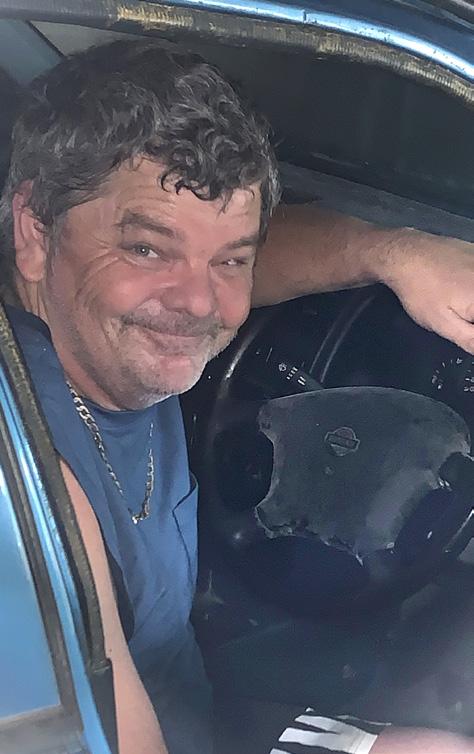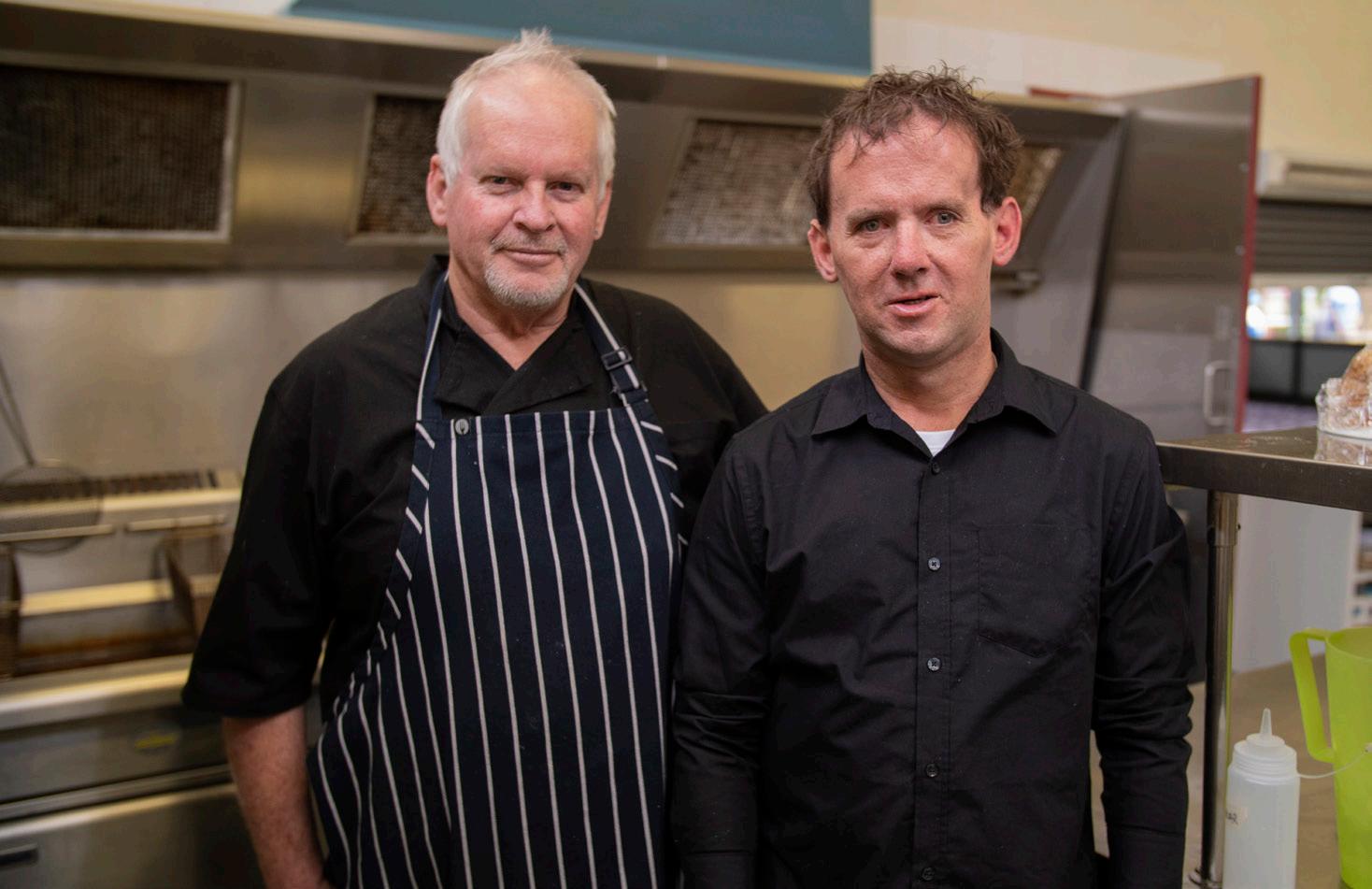
8 minute read
About Epilepsy
An effect of acquired brain injury
Epilepsy is recurring brief episodes of abnormal electric activity in the brain leading to uncontrolled convulsions and unconsciousness, or just a momentary loss of awareness.
All about epilepsy
Epilepsy is a chronic condition produced by temporary changes in the electrical function of the brain, causing seizures which affect awareness, movement, or sensation. It is a condition that affects many of our consumers at Headstart.
The effects can be very similar to general seizures, but these usually occur due to causes other than abnormal electrical activity in the brain (e.g. stress, drugs, fever, low blood sugar or sodium). Seizures can vary from a brief lapse of awareness to unconsciousness and jerking convulsions of the body. The majority of recurring seizures can be prevented by medications. Diagnosis of epilepsy One seizure alone is not enough for a diagnosis of epilepsy – it may be a once-off occurrence. In primary epilepsy, there is no discoverable abnormality in the brain and therefore no known cause. In secondary epilepsy, the seizures are caused by an abnormality in brain tissue which can be found by a CT or MRI scan. A brain injury can lead to secondary epilepsy. Links between epilepsy and brain injury Epilepsy has a close relationship with TBI and other brain disorders. It can cause neural damage by itself, and epilepsy is a risk factor for a TBI through a fall or violent convulsion. Epilepsy can also result from acquiring a brain injury. Epilepsy caused by a brain injury does not usually start with a severe seizure. It may begin with absence seizures categorised by memory loss, attention problems or other subtle symptoms that may not be recognised as a seizure. Treatment and management of epilepsy The most common techniques for managing epilepsy include: • taking medication on time • avoiding alcohol, coffee and other stimulants • sleeping well and minimising stress • avoiding conditions that trigger seizures • wearing a medic-alert bracelet • ensure friends and family know all about epilepsy and managing a fit. There is frequently an ‘aura’ before a seizure, which can include sensory hallucinations, dizziness or lightheadedness, feelings of panic or déjà vu. On the other hand, there may be no warning at all. Recognising and acting upon pre-seizure sensations can be an important technique for preventing serious physical injury. In some cases, there are triggers that may increase the chances of a seizure, including alcohol, caffeine, missing meals, infections, lack of sleep, flickering lights and missing medication. There is no cure for epilepsy, but seizures are controllable with medication in the majority of cases. Different medications may be tried until the most effective treatment is found. Families and partners can play an important role by ensuring medication is taken when needed and obtaining first aid certificates to know how to provide first aid if a fit occurs. In a small number of cases, people may benefit from a ketogenic diet – food that is high in fats and oils and low in carbohydrates to stress the body into burning fat for energy. It is only used under strict medical supervision and when drugs are proving ineffective. In severe cases that don’t respond to medication, surgery might be used. It does not guarantee any benefit and there is the risk of brain injury. First aid See a doctor immediately or call an ambulance. A seizure may indicate a serious medical condition. If the seizure is severe, calling for an ambulance is the very first priority. If a person is alone, they need to call an ambulance as soon as they have recovered enough to be able to do so. People should not be restrained during a fit. If possible, they should be rolled into the recovery position and their airway cleared, e.g. no vomit in the mouth. If a person could hurt themselves against nearby objects like chairs or tables, then these should be removed. It is important to ensure the person is still breathing, and to time the duration of the fits as the ambulance officers will want this information when they arrive. When the fit has passed, the person will normally be quite groggy and tired when consciousness returns. They need to rest until they have recovered enough to get up. Republished with permission, information source: Synapse ABI “The Facts” www.synapse.org.au
Rec Ramblings
Headstart’s rec activities keep many of our consumers busy and we don’t have room on this page to feature all of them (Facebook is a good source of weekly updates for this!). Here’s a snapshot of some of the activities over Jan, Feb and March.
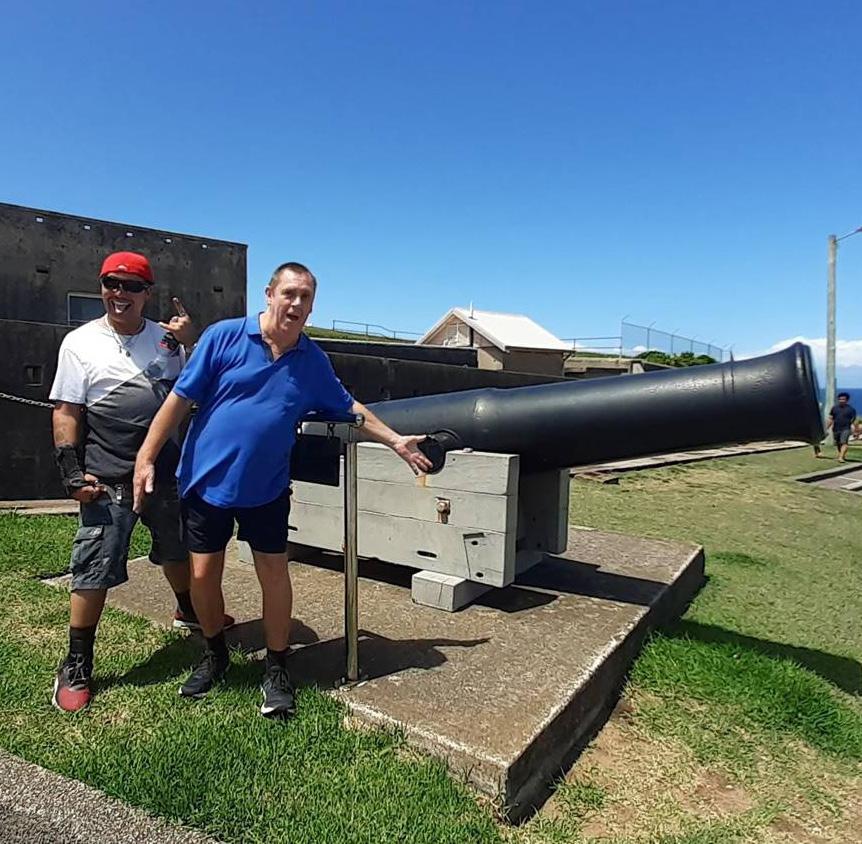
Shaun K and Dave C getting out the big guns at Fort Scratchley. Gloucester Scenic Drive crew having a picnic lunch by the side of the river, nearby the first of 5 exciting river crossings! Part of a scenic drive around the Buccan Buccans (the Bucketts Mountains) near Gloucester. We crossed 5 rivers, and survived to tell the tale!
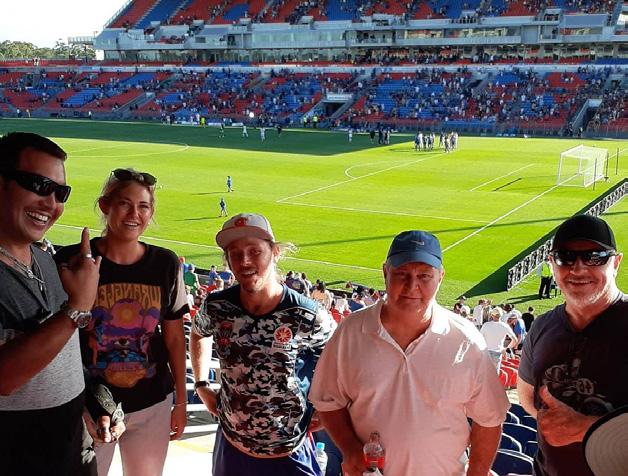
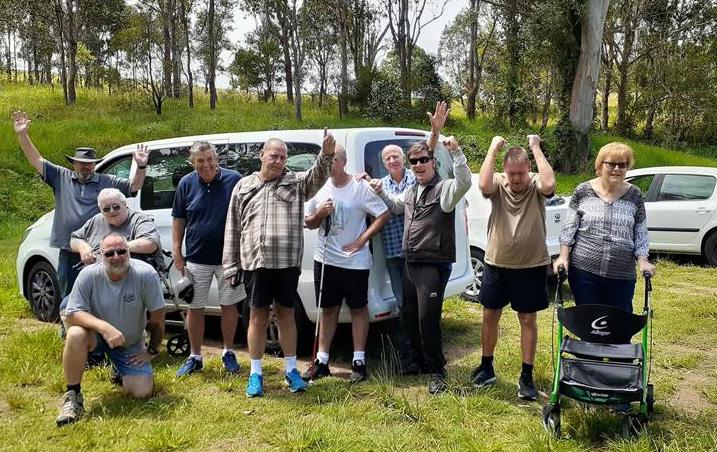
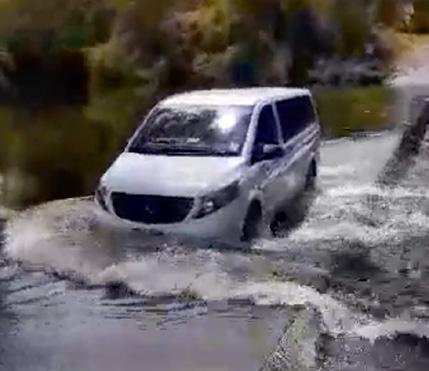
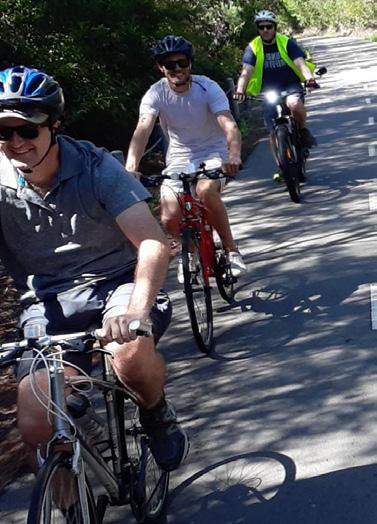
Fernleigh track bike ride. First time rec participant, Brock C joined James and Austin for a ride on the beautiful track.
Shaun K, CSW Jasmine, Callan, Peter, and CSW Steve enjoyed a Sunday afternoon at the football- watching Newcastle Jets come home 1-0 over Melbourne City. Callan’s heckling game was strong!
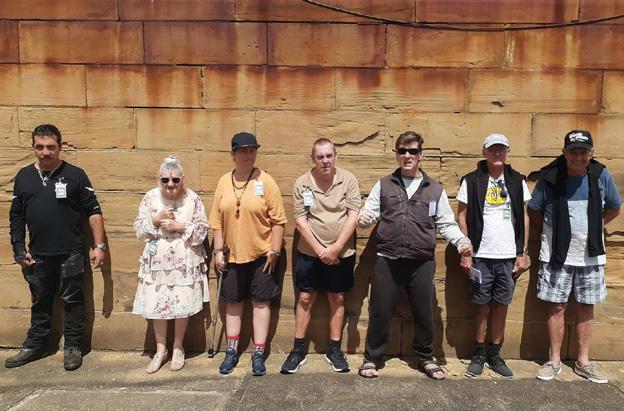
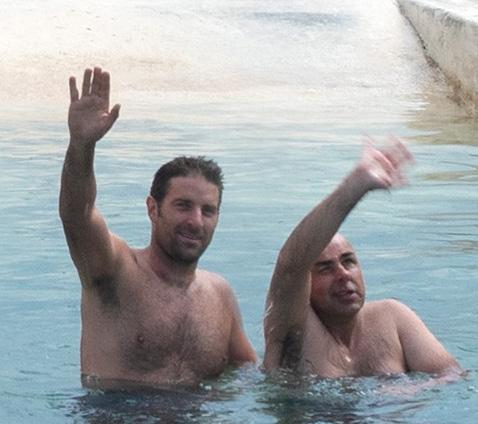
Maitland Gaol: Ben told everyone to ‘look mean’ for the line-up photo! Shaun K nailed it, Marika G & Gary H - not so much :) Colin R & Jason C questioning their life decisions after being thrown in the Gaol slammer!
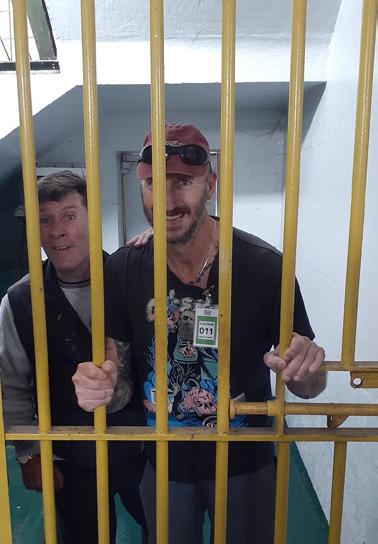
Goodbye Ben!
We’re sorry to see our rec coordinator Ben leave us as he follows his dream of becoming a paramedic. But he’ll be awesome! We are currently recruiting for a new reccie. (PS. Kynan isn’t leaving!)
Women’s Group
Women’s Group has been running regularly on Wednesdays from 10am-3pm. With Pat T stepping back from leading Women’s Group (thank you for everything Pat!) we are currently having some special guest Women’s group leaders. Here’s a snapshot of just a couple of events.
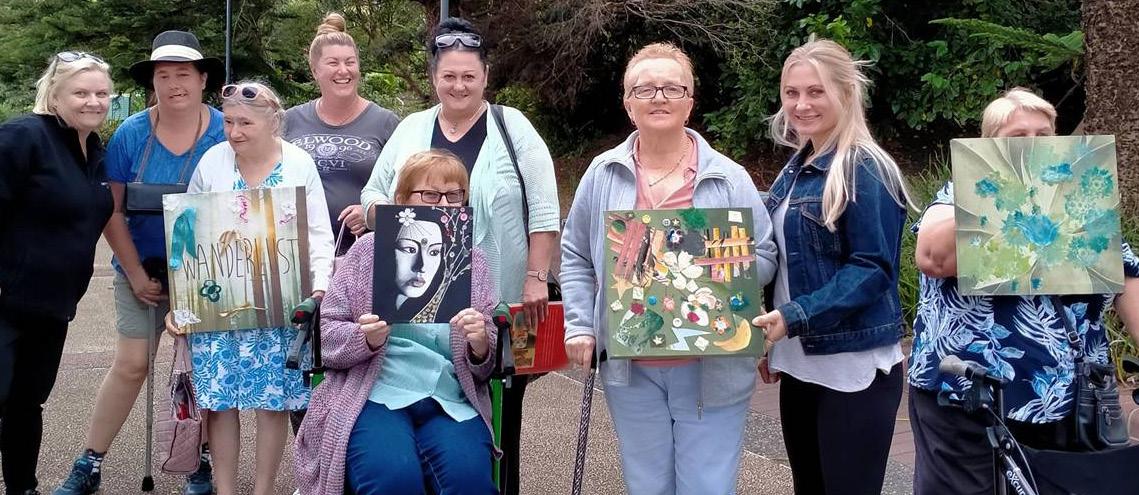
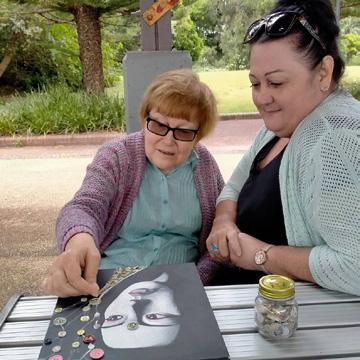
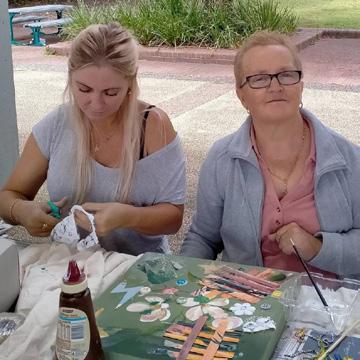
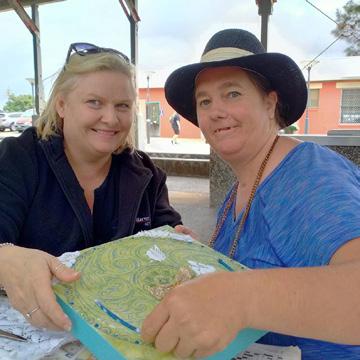
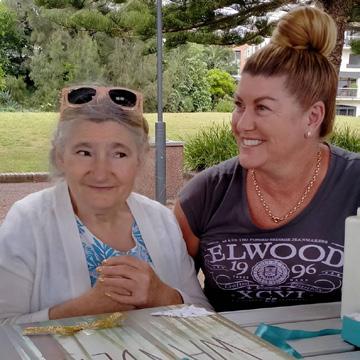
“The ladies enjoyed the art group activity last Wednesday. A comfortable location at the Newcastle Tram Sheds with parking access and bathrooms nearby. The art project allowed creativity, and conversation to flow. We all moved to the older part of Marketown for lunch.” - CSW Therese B
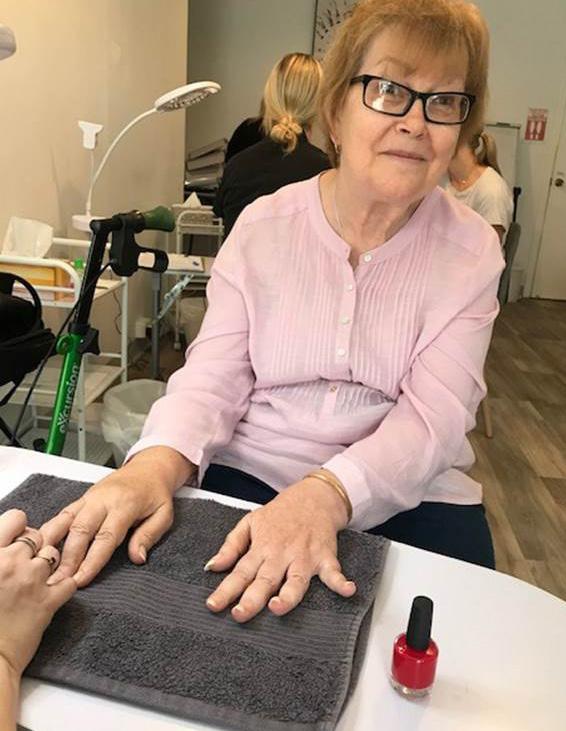
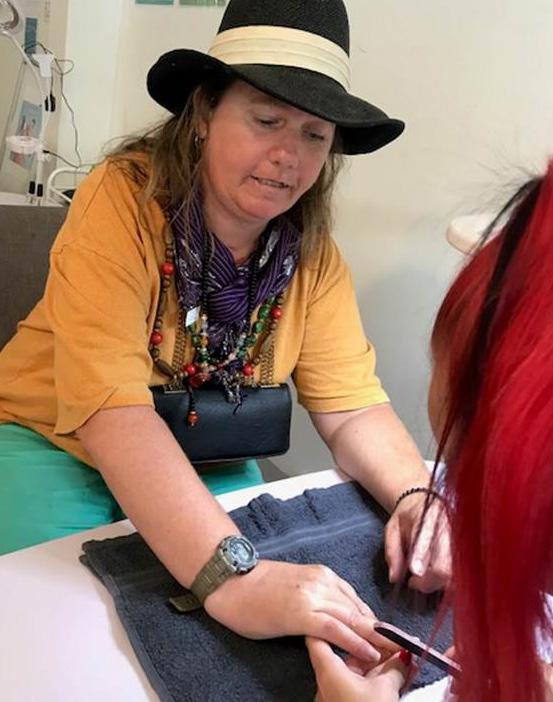
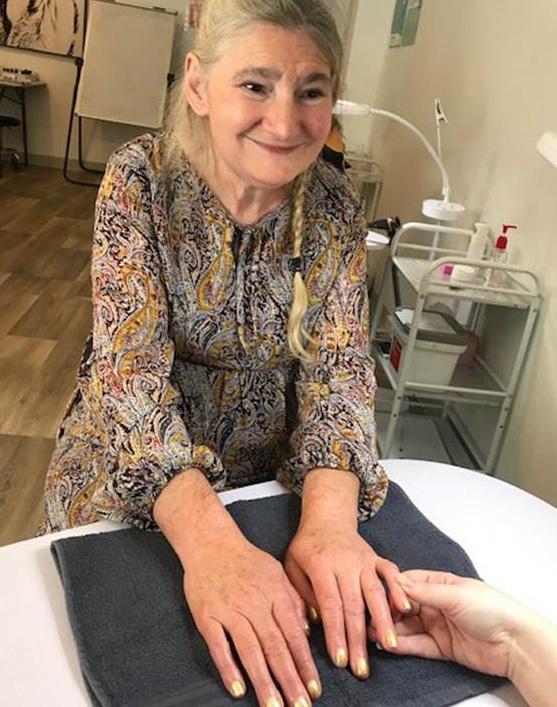
Sharing is caring
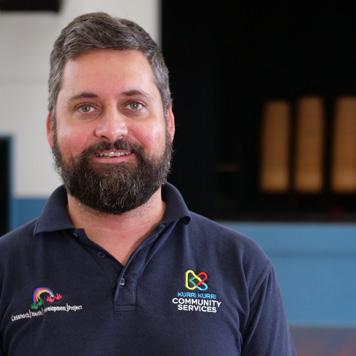
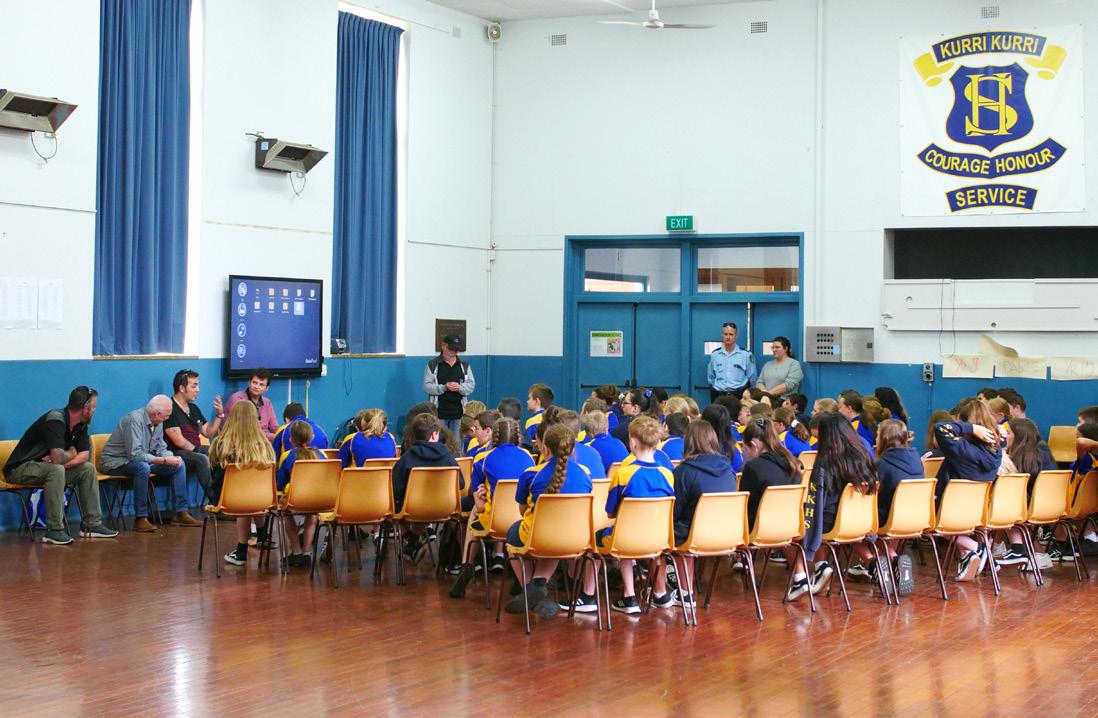
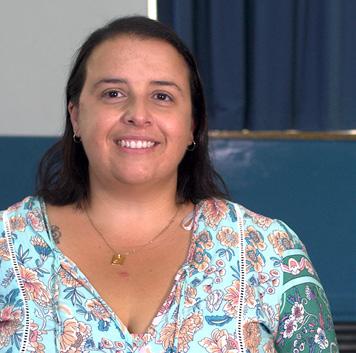
Will Doran
Youth Development Officer, Cessnock district “We’ve been working with Headstart for probably 10 years now on various programs around crime prevention, trying to get young people to make smarter choices for brighter futures. We've had the pleasure of lots of people coming from Headstart to talk about their brain injuries, how they acquired them, and what people could do to avoid those sorts of injuries in the future. It's really has a fantastic impact. I notice that the young people are very quiet when they're listening they give lots of respect to the people with acquired brain injuries who are coming in to talk. They students have a thirst for knowledge around what's happened to those people and how these injuries can be prevented.”
Headstart’s Community Education Team regularly share their stories at Traffic Offender and Drive Alive Programmes, Universities and schools. Kurri Kurri High School provided us with some fantastic feedback which is an encouragement to our amazing CET team.
Sara de Silva
Head Teacher Wellbeing and Engagement Kurri Kurri High School “We run a Smart Choices program in conjunction with our local community services. It runs right through from year seven to year twelve. We have a really great relationship with Headstart who come in and share their stories and experiences with our students. We’re not there to scare students, we’re there to give them tales of real life and it’s really about harm minimization which is what wellbeing education is really targeted at. I think it’s a way to show young people the impact of acquired brain injury. Especially young people are statistically shown to engage in high risk taking behaviour because they think it’s not going to happen to them. So having someone stand up in front of them in real life and share their story is powerful for young people to see. It’s much better than seeing a YouTube clip with someone from another country or another context. The stories really hit home. It also shows that there are support services in the community to help people with acquired brain injury, which they may not have known about before. When we survey our students, they often say that it’s one of the most engaging presentations that they have. So that’s why we keep getting them back year after year. When we run wellbeing focused presentations the stories the students really are aware and awake at those times! What Headstart’s CET team provide can’t be matched by anything virtual that’s out there.”

